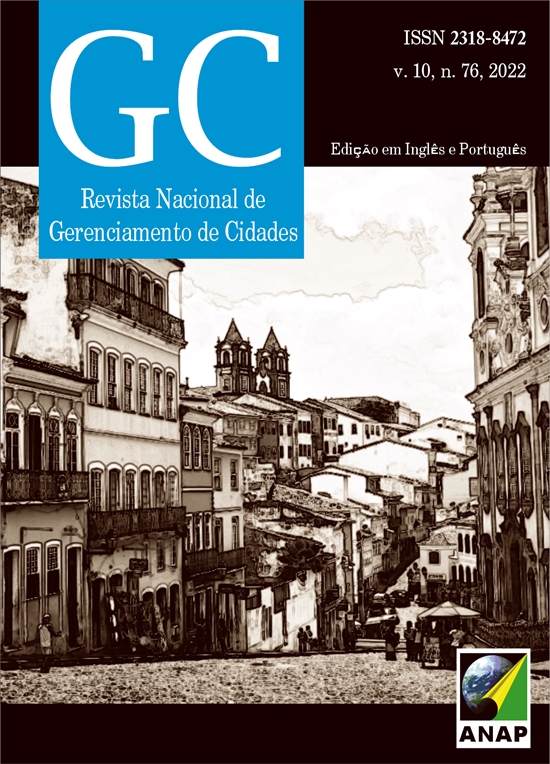Fragments of green infrastructure: the case of the Tijuco Preto stream in São Carlos, São Paulo, Brazil
DOI:
https://doi.org/10.17271/23188472107620223190Palavras-chave:
Climate change. Green infrastructure. Stream renaturalization.Resumo
The growing and accelerated Brazilian urbanization has caused several adverse effects, among them the channelization of streams and rivers, often seen as a sign of progress. This urbanization and the worsening of climate change increases the magnitude of the threats to urban areas. The planning of green infrastructure seeks to integrate nature with the city, favoring the mitigation of environmental impacts and allowing greater adaptation and resilience in facing the problems caused by climate change. In this context, this study sought to analyze the renaturalization of a section of the Tijuco Preto stream, in the city of São Carlos, São Paulo state, Brazil, as a green infrastructure strategy and to contrast this section with the others, composed of gray infrastructure. The stream was divided into three study sections: (i) section 1 – renaturalized; (ii) section 2 – buried; and (iii) section 3 – channelized. Section 1, despite presenting the best environmental conditions of the whole stream, is configured as a fragment of green infrastructure that, alone, cannot mitigate all the impacts of adverse events downstream, such as floods. Thus, it is necessary to integrate this space with other equipment and green spaces, as well as expand the renaturalization initiative to the other sections.















